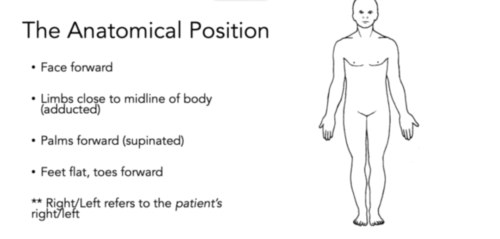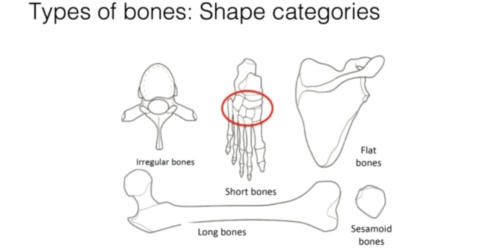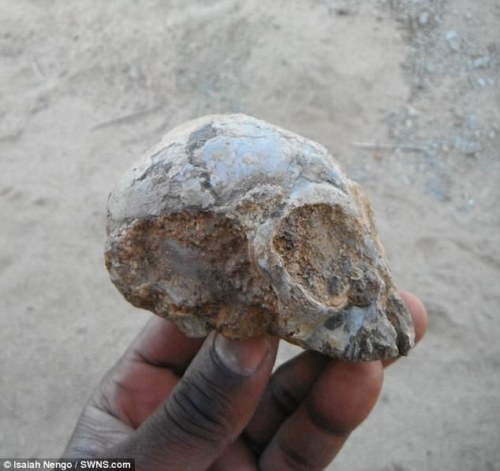Due to the COVID-19 pandemic, students and instructors returned back to their home countries around mid-March. Since then, the Origins Field School has been utilizing virtual classes for its remaining two courses.
Underway is the Human Evolution course, taught by Dr. Carrie Mongle. She is a postdoctoral research fellow at the American Museum of Natural History, and an incoming assistant professor of Anthropology at Stony Brook University. Dr. Mongle’s research interests are in phylogenetics, which involves the reconstruction of evolutionary relationships of early hominin species.
An introductory lecture provided background to students on anatomical issues related to human evolution. Bones comprise much of the fossil record. This is because bones are made up of harder tissues—about 60-70% inorganic materials that tend to survive. Fossilized jaws, teeth, skulls, and limb bones give us information on the development, changes in paleoenvironments, and diets of early hominins. Pelvic bones, femurs, and the position of the foramen magnum on the base of the skull indicate bipedalism in hominins, when these individuals transitioned from an arboreal life to a terrestrial one. Dr. Mongle has provided students with osteology labs to help them in identifying bones.

Anatomical terms as used in positioning.

Many bones found in the fossil record are long bones like the femur above.
Our mid-week guest lecture on Miocene apes was provided by Dr. Isaiah Nengo. Dr. Nengo emphasized studying African apes to understand the origins of humanity. There were major transitions in the Miocene (23-5.3 mya), and therefore it is a crucial time period to understanding our evolution. He encouraged students with an interest in Miocene apes to return to Kenya and explore the country’s many Miocene sites. Dr. Nengo was part of the excavation team in 1986 that found the sacrum of Ekembo (formerly Proconsul) that showed lack of tail, an autapomorphy that defines apes. In 2013, he lead an expedition to Napudet on the west of Lake Turkana, where they found a 13 mya remarkably complete fossil ape cranium of an infant of the species Nyanzapithecus alesi. According to Dr. Nengo, the ape displays cranial-dental and phylogenetic features that give insights into the ancestry of extant apes and humans.

The cranium of Nyanzapithecus alesi. Photo credit: Isaiah Nengo.
Reconstructing evolutionary relationships is crucial for paleoanthropologists, especially when it comes to naming new species or grouping them. On Friday, Dr. Mongle introduced the students to phylogenetics and systematics. Paleoanthropologists have always faced issues when it comes to taxonomies and species concepts. As a phylogenetic expert, Dr. Mongle emphasizes the use of the Phylogenetic Species Concept to understand parental pattern of ancestry and descent. Morphology of fossil bones is very useful in this concept.





